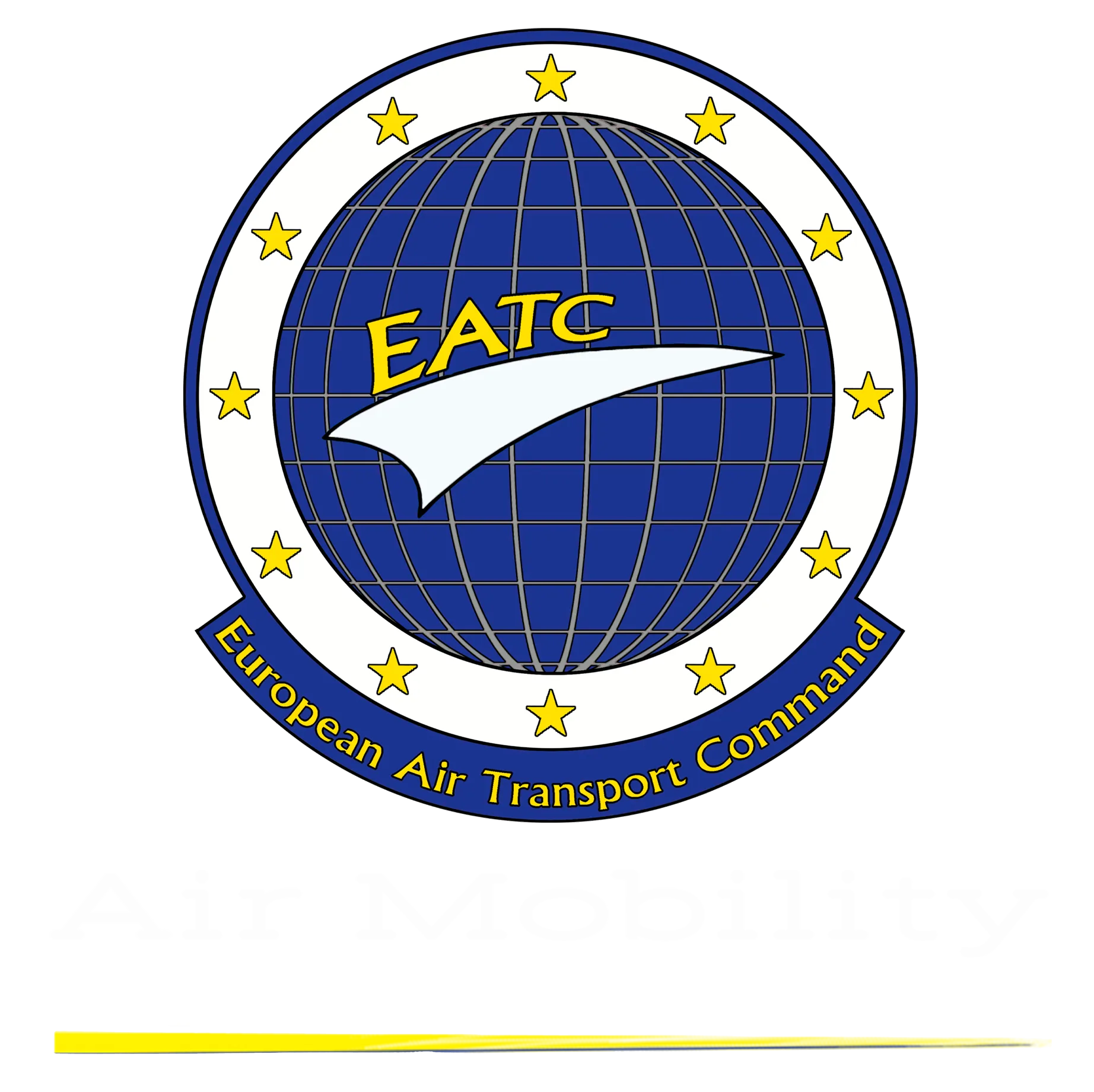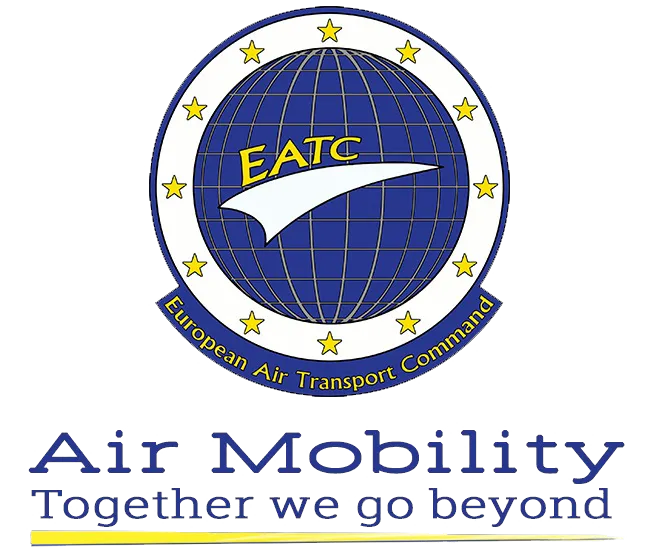At the 19th European Strategic Military Aviation Board (ESMAB) Policy-Level Meeting, held at the European Defence Agency (EDA) headquarters in Brussels on 01 July 2025, leaders and experts from across the civil and military aviation domains gathered to explore how Europe can move beyond the concept of “dual-use” in aviation to deliver concrete solutions for security, resilience, and efficiency in a shifting geopolitical landscape.
Among the high-level voices, Major General Franck Mollard, Commander of the European Air Transport Command (EATC), brought a distinctly operational perspective to the forefront. In his intervention during the first session—Operations, Procedures and Services—General Mollard underscored the practical challenges EATC faces daily, reinforcing the need to bridge policy ambition with on-the-ground feasibility.
Drawing from his operational command experience, General Mollard emphasised the continuing struggle to obtain diplomatic clearances in a timely and coherent manner across EU Member States. Despite years of work to enhance military mobility, this seemingly technical hurdle remains a critical bottleneck to fast, efficient deployment of military air assets—especially in crisis scenarios where speed and flexibility are paramount.
“In a high-tempo, multinational operational environment, bureaucratic friction—such as fragmented clearance procedures—can delay mission-critical air movements,” said General Mollard. “If we are to make dual-use aviation a reality, we must address these practical frictions as urgently as we invest in new technologies or systems.”
His remarks resonated strongly in the broader discussion of how dual-use aviation infrastructure and systems must evolve to serve both civilian and military imperatives. The need for flexible and interoperable solutions—both technical and procedural—was echoed by fellow panellists from the Directorate-General for Mobility and Transport (DG MOVE), the European Air Group (EAG) and the North Atlantic Treaty Organisation (NATO), reflecting a shared recognition that operational constraints must inform strategic planning.
Over the course of the event, participants examined not only procedural hurdles but also the technological, regulatory, and governance frameworks that underpin dual-use aviation. With discussions spanning from civil-military cooperation on air traffic management to emerging disruptive technologies and space-based capabilities, the event highlighted the growing interdependence of Europe's civil and military airspace users.
General Mollard’s contribution served as a timely reminder: achieving strategic autonomy and operational readiness in Europe’s air domain requires more than policy vision—it demands alignment with the lived realities of military operators. As Europe faces an increasingly volatile security environment, integrating practical insights like those from EATC will be vital to delivering agile, interoperable airpower across the continent.


